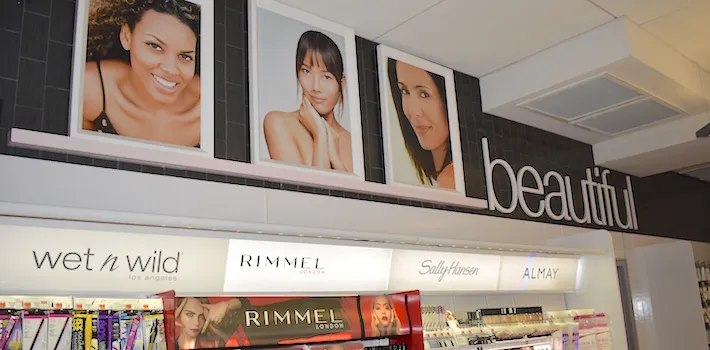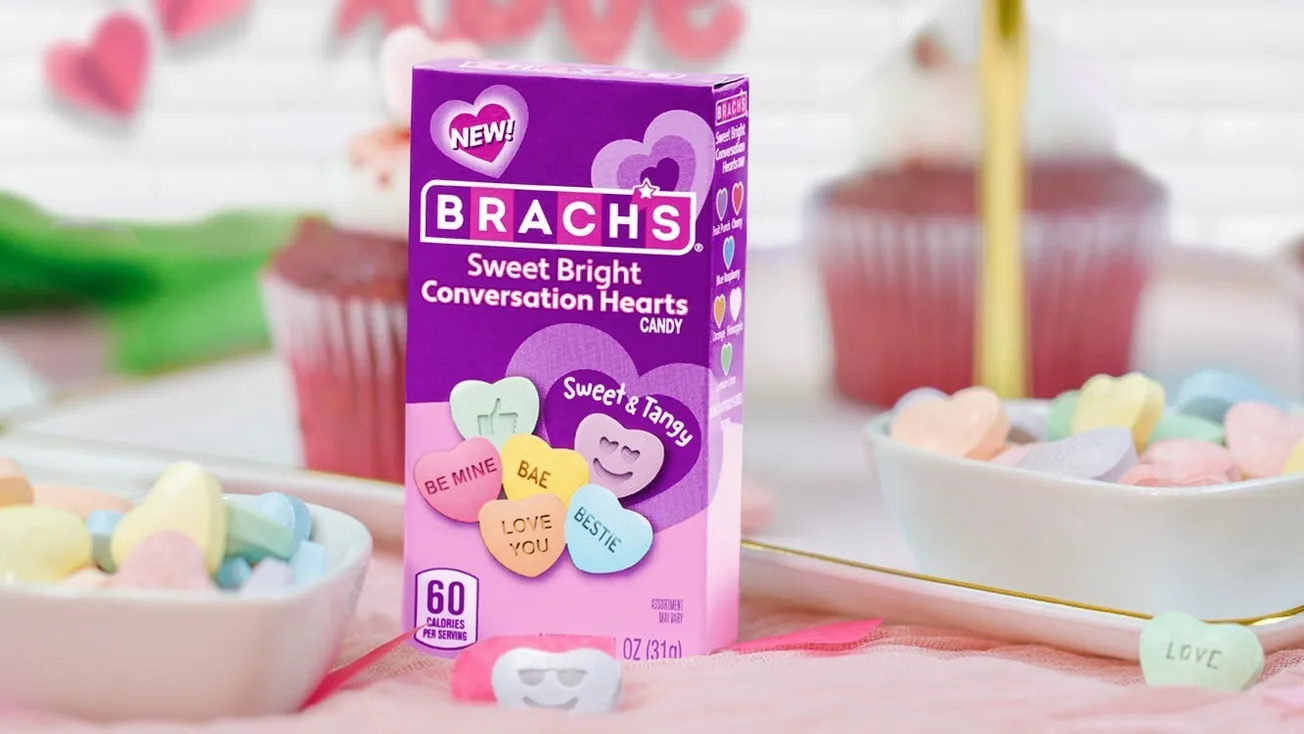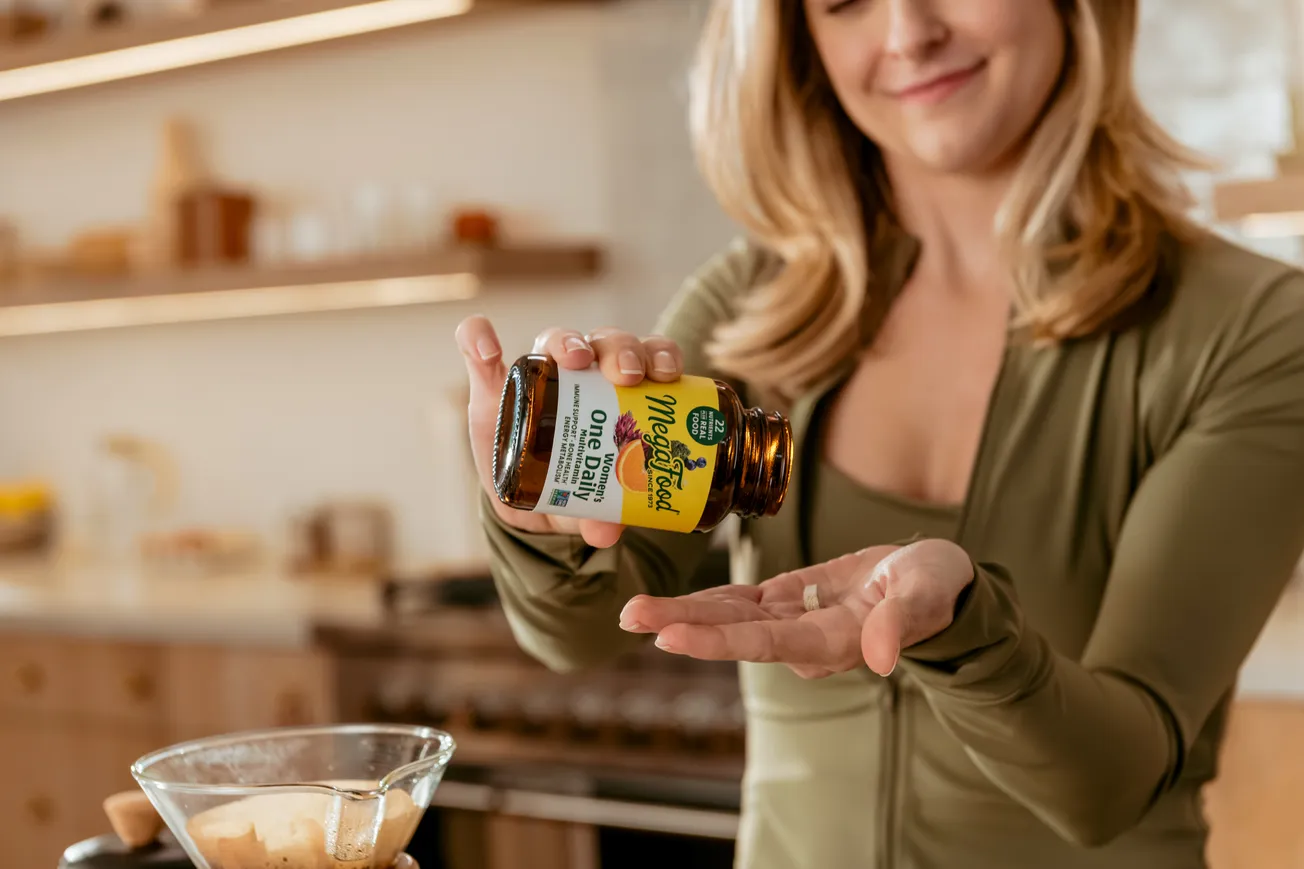
New product launches have a notoriously high failure rate. In fact, Nielsen once pegged the failure rate of new consumer packaged goods at a staggering 85%. Launches can come in many forms, including line extensions, such as a new size or flavor within a family, “me-toos” (copycat product from a different brand) and original innovations.
Innovation is one of the key factors that the analysts at Hamacher Resource Group (HRG), like many retail buyers, look for when making new product decisions for the shelf. Others include promotion, category growth, product orientation and earning potential.
From over-the-counter products to personal care, the industry is full of exciting product innovations that propel retail forward. Innovations can be a new-to-market or new-to-category ingredient, an updated technology, a unique form, creative positioning, or a product that solves an unmet need.
With the success of the lidocaine patch launch in external pain relief, this ingredient is finding its way into products from other categories, such as Preparation H Rapid Relief with Lidocaine Cream in digestive health.

New-ingredient launches can also awaken sleepy categories, which could happen with the forthcoming launch of a lidocaine-based product in foot care set to be unveiled this month.
Another popular ingredient showing up across categories is micellar water, which cleans differently from other ingredients by drawing out dirt and oils without drying out the skin. CeraVe, Simple and Garnier released new micellar water offerings within skin care, and the hair care category has seen recent launches from Pantene, Herbal Essences and TRESemmé.
Ingredients will likely continue to drive innovation in 2018, with the rise of adaptogens, nootropics and hemp-derived CBD oil leading the way.
Sometimes innovation means solving a need that is currently met by another product, but in a unique way. Such is the case with two new products — Booby Boons by Stork and Dove and Boobie Bars — that offer support to lactating mothers not with supplements or tea, but with convenient edible treats. So, too, line extensions from popular brands are considered innovative when they extend into a new form, such as Just for Men Control GX Gray Reducing Shampoo. It reduces gray gradually instead of all at once like traditional hair color products. Such new forms offer consumers expanded choice at the shelf.
A product’s positioning and cross-category potential can also make it innovative. Natural deodorants are nothing new, but Earth Mama Organics has launched a deodorant specifically positioned for the pregnancy and breast-feeding market. These deodorants are naturally scented with organic essential oils and contain no propylene glycol, parabens, aluminum or any form of fragrance. The shelving potential is broad — baby care, women’s wellness and deodorants are all potential categories for this brand.
Innovative products can also sometimes face more of a challenge when consumers don’t fully understand the need a product fulfills. “To increase demand, consumer education is key — especially for products that solve a problem shoppers may not realize is there in the first place,” says Kyle Lentz, category analyst at HRG.
Berkeley Life offers an innovative product that tests for nitric oxide levels, as well as others that promote nitric oxide levels for heart health; however, the typical shopper may not know about the purported connection between nitric oxide levels and heart health.
Restore and Magic Dirt Water, both by Biomic Sciences LLC, are soil-derived supplements that have been shown in lab testing to increase and strengthen the tight junction proteins in the gut lining. Consumers may not know, however, that they even have a problem with their gut lining. OvaVitae, a dietary supplement that nourishes, protects and balances the quality and overall health of ovarian eggs, may face a similar situation in that consumers may not be aware that egg quality is even a concern.
“These types of brands can do extremely well,” Lentz says, “but it is critical to launch in the right channel so that the innovation resonates.”
Education strategies to drive success may include information for consumers, doctors, pharmacists, social media influencers and category buyers.
When pitching a new product, the presentation needs to be to the point and without superfluous information. Make sure innovation is clearly expressed in your buyer presentation, as it is critical. “From the retailer perspective, the recognition of innovation has to be immediate,” says Angela Pinkstaff, director of business development at HRG. “Shoppers and retailers alike are inundated with product offerings.”
The retail buyer wants to know what the product offers that cannot be passed up, isn’t replicated elsewhere and does not cannibalize their existing business. Further, how does this innovation create business to justify the space it demands?
“Innovation isn’t always enough,” says Pinkstaff. “Innovation needs an impactful story and a voice to tell it.”
Jen Johnston, certified holistic health counselor, is an industry researcher and writer with Hamacher Resource Group Inc., which focuses on improving results across the retail supply chain by addressing needs such as assortment planning and placement, retail execution strategy, fixture coordination, item database management, brand marketing, and analytics.







